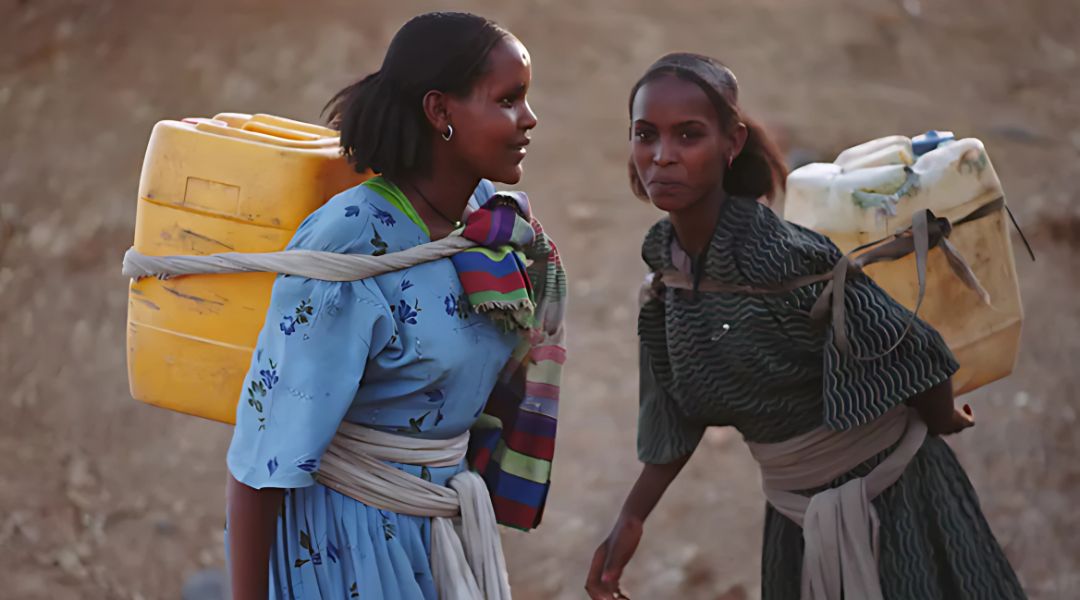
Water is connected to every aspect of human life. Access to safe water and sanitation can quickly turn problems into potential – empowering people with time for school and work, and improving the health of women, children and families around the world. Globally, 844 million people don’t have access to safe water and 2.3 billion lack access to a toilet. A lack of access to safe water or sanitation spreads infections and water-borne diseases which kills nearly 1 million people every year. It also affects physical well-being of women and children who have to carry heavy vessels for long distances.
Safe drinking water plays a contributory role to the development of a healthy child. Access to safe drinking water stops illnesses such as typhoid, diarrhoea etc. Diarrhoea is one of the top three causes of child death and often caused from consuming unclean water. More to that, in every 2 minutes a child dies from water-borne disease. The main reasons of such deaths is consumption of contaminated water or suffering from dehydration due to diarrhoea.
A Women’s Health Crisis
A lack of access to safe water and sanitation significantly affects the health of women. To collect water, women and girls spend large amounts of time carrying huge heavy vessels and walking long distances. The physical strain of such activities impacts the health of a pregnant woman and health of unborn children.
A Health Crisis in General
As said in the title “Water Crisis is Health Crisis”. Access to safe water not only prevents the spreading of infectious diseases but also improves the health of women, children and families. It also reduces child and maternal mortality rates. It suggests people don’t get physical injury from constant lifting and carrying of heavy loads of water. It also reduces risk of sexual violence against women and girls who don’t need to go to remote places to collect water or to relieve themselves.
